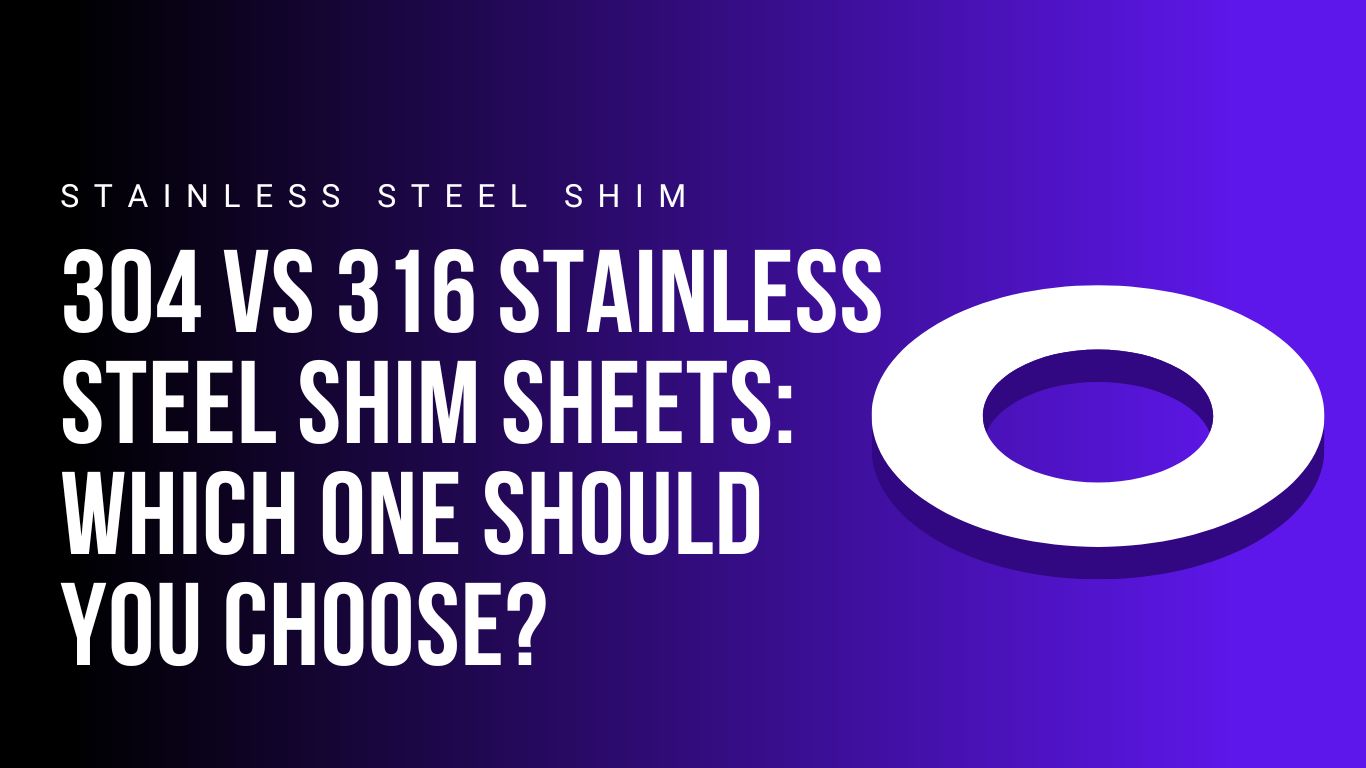When deciding between 304 and 316 stainless steel shim sheets, understanding their material composition and performance characteristics is vital. Grade 304 contains approximately 18% chromium and 8% nickel, offering good corrosion resistance and excellent formability, making it ideal for general-purpose applications. In contrast, 316 stainless steel adds 2% molybdenum to its 16% chromium and 10% nickel content, significantly boosting resistance against chlorides and salts — common in marine and chemical environments.
This difference in corrosion resistance also impacts cost and application suitability. 316 stainless steel shim sheets tend to be pricier due to their enhanced durability, especially in harsh conditions. Meanwhile, 304 shims provide a cost-effective solution for indoor or mild outdoor environments. Both grades deliver comparable mechanical strength, but 316 outperforms 304 in resisting corrosion and high-temperature environments. Knowing these distinctions helps engineers select the best stainless steel shim sheet grade to balance performance, durability, and budget.









